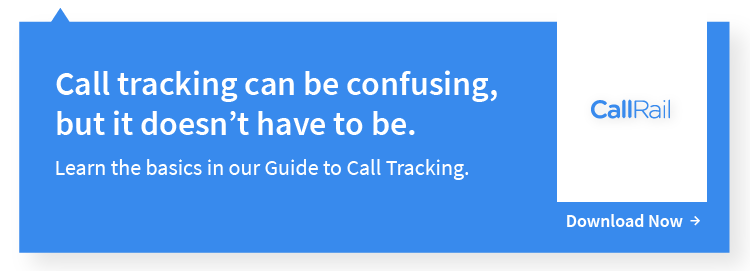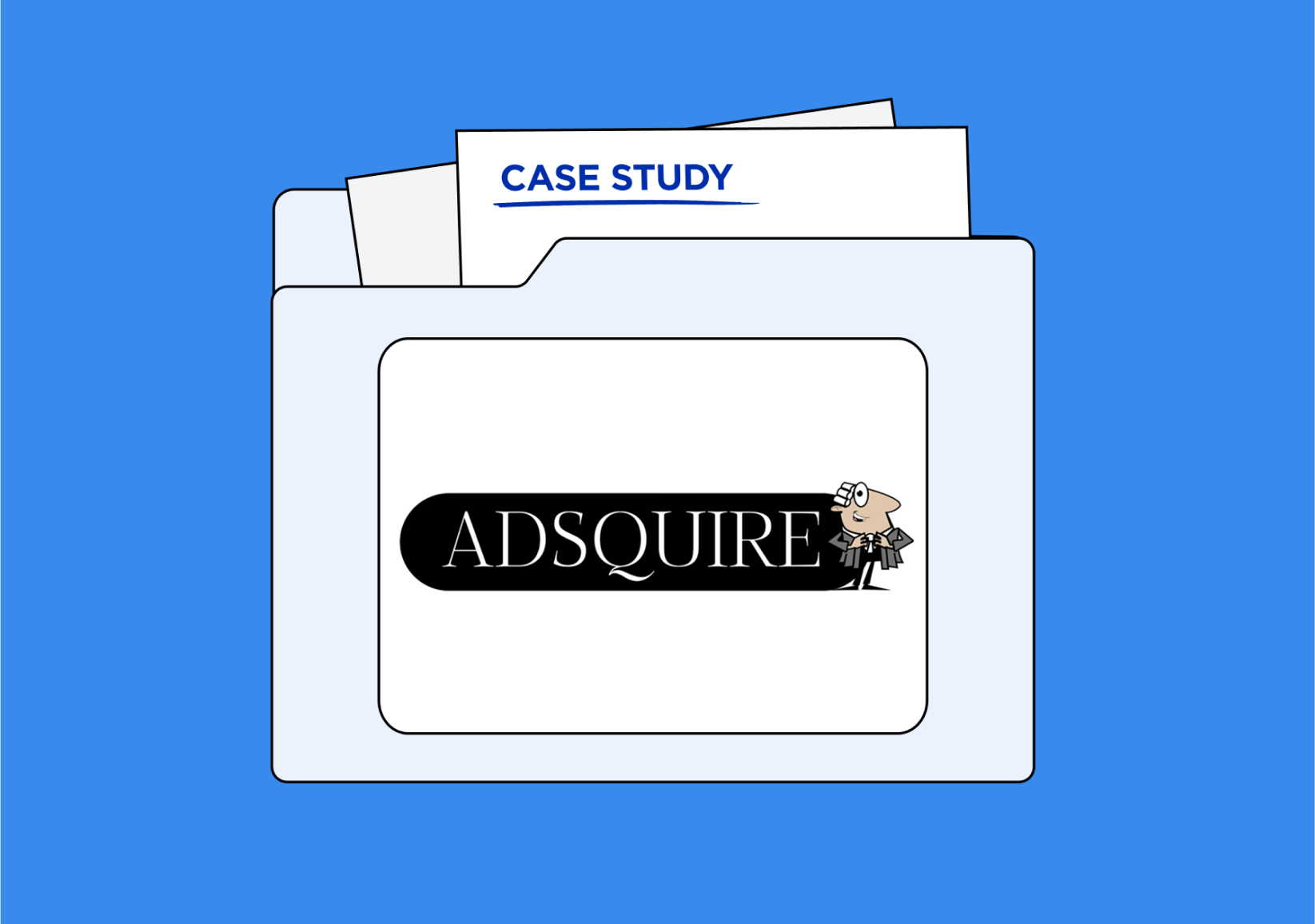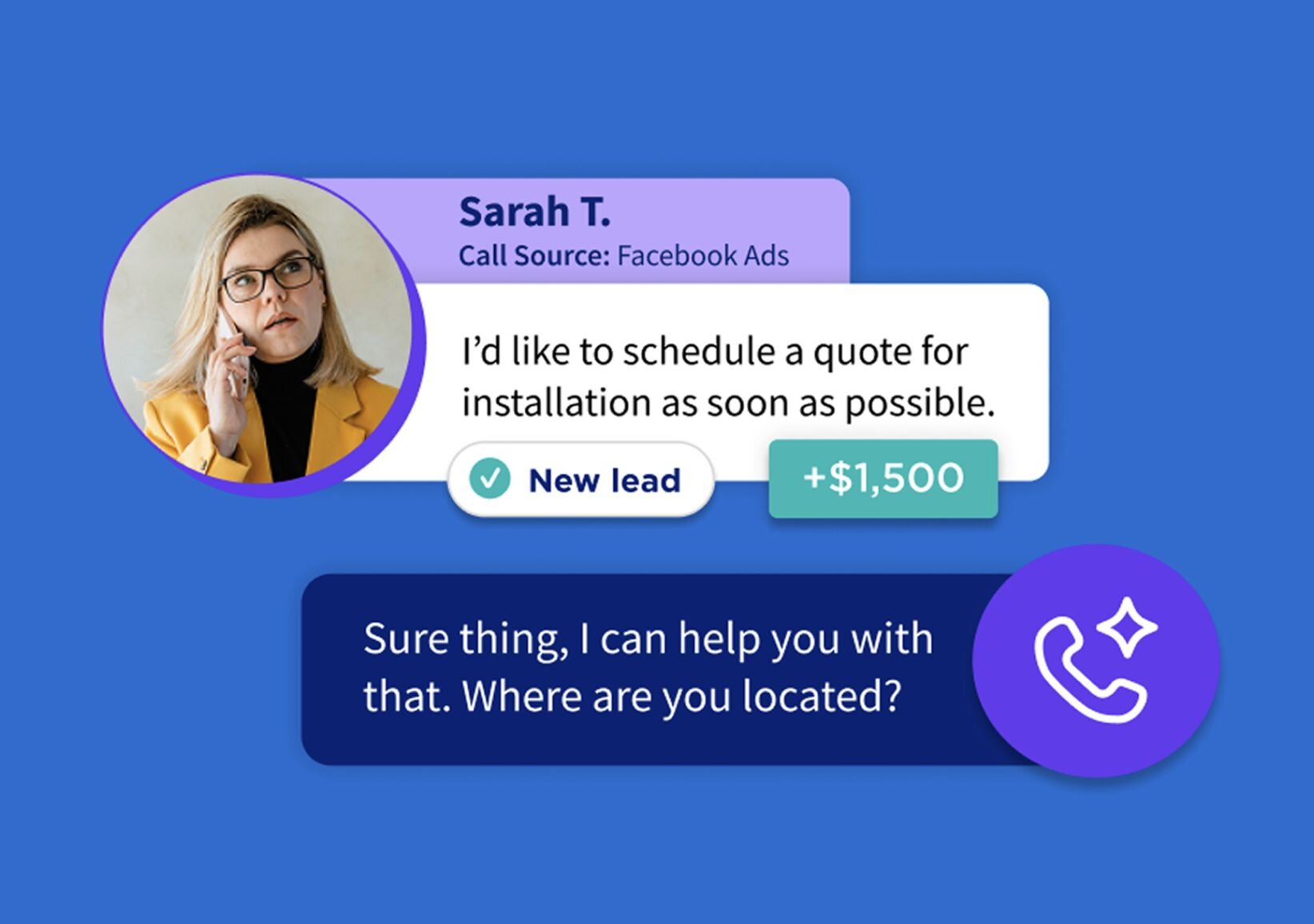Call metadata is a general term for different types of data collected about phone calls, including time, duration, caller’s phone number, and call recipient’s phone number. Call metadata gives marketers helpful information about leads.
How is call metadata collected?
Call metadata is collected automatically, so there’s no way for a caller to alter the information gathered. The metadata is also not protected constitutionally, since callers voluntarily use their telephones.
While the metadata itself does not contain sensitive information about the call (such as topics discussed), this information may be collected alongside call metadata. When combined with personal information, recordings or transcriptions, metadata delivers a wealth of actionable information to help marketers connect with potential customers.
Who uses call metadata?
Many organizations rely on call metadata, as it allows telephone service providers to bill customers. For example, the data collected can be used in legal proceedings as evidence that two parties were acquainted because they called each other. Marketers, on the other hand, use call metadata to collect information, qualify leads, and follow up with interested parties.
How the metadata is used depends on who uses it. A marketer may use the data to determine which product or service a potential customer is interested in, or to gauge the effectiveness of various ad campaigns in generating product buzz. A telephone company may use the call metadata to bill customers or assess surcharges for customers who exceeded their phone plans.
While the individual points of data collected are not sensitive or personal, together they can paint a personal picture of someone’s habits or preferences. Digging into the metadata, marketers can make inferences about a lead’s age, location, likes and dislikes, or interactions with other parties, including companies.
Brands can then use this information to target a user for specific products or services. By using metadata to target leads, marketers increase the likelihood of a positive connection by serving a lead something they will like based upon their known preferences.
Metadata can also improve marketing more generally. Marketers can spot trends and patterns in calls, such as an increase in the number of help calls, which would suggest areas of customer confusion. By refining campaign information using the data gleaned from calls, marketers can continually improve their performance and campaign ROI.

How to start using call metadata
While the telephone company may collect call metadata automatically, marketers need a third-party application to do so. They cannot simply call up the phone company and request information on all calls to a given phone number. Thus call tracking software that captures call metadata is a prerequisite.
Call tracking software allows marketers to track, analyze, and gather metadata from inbound calls. This aids in attribution (such as determining which campaign led to a sale), sales and customer service. Since brands can provide better customer service when they have high-level data on customer behavior and preferences, they are more likely to keep their customers.











